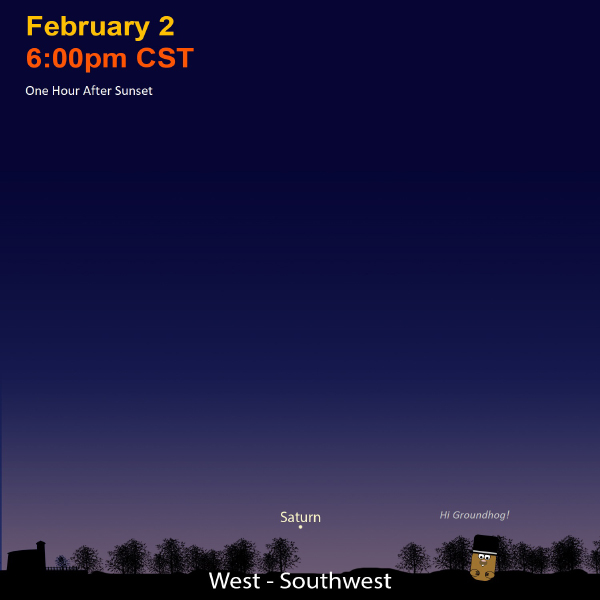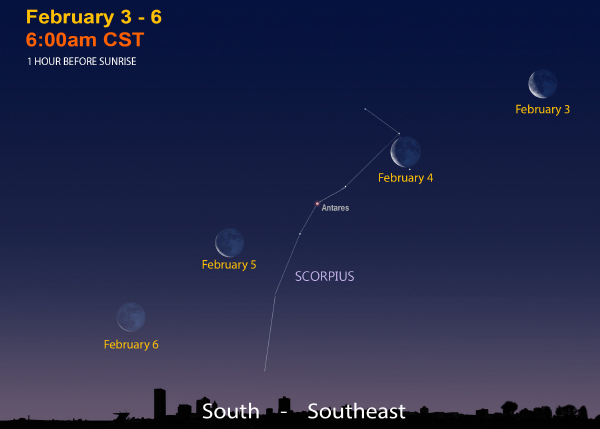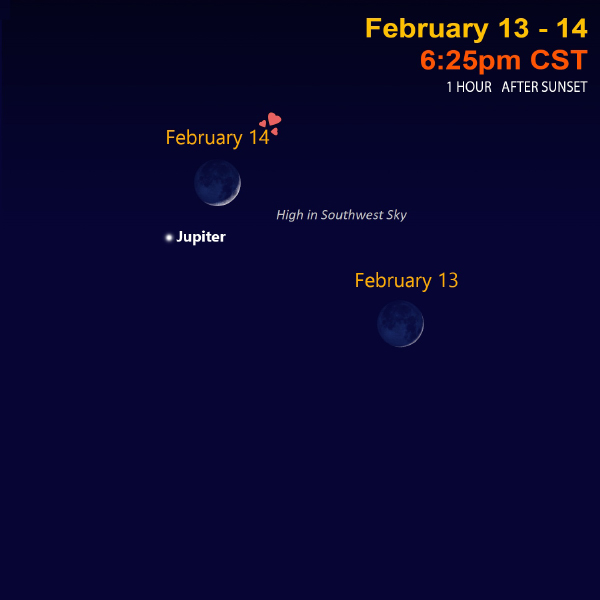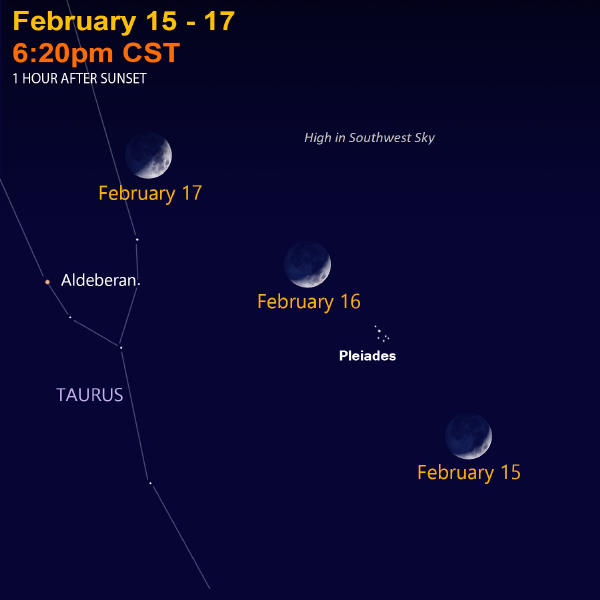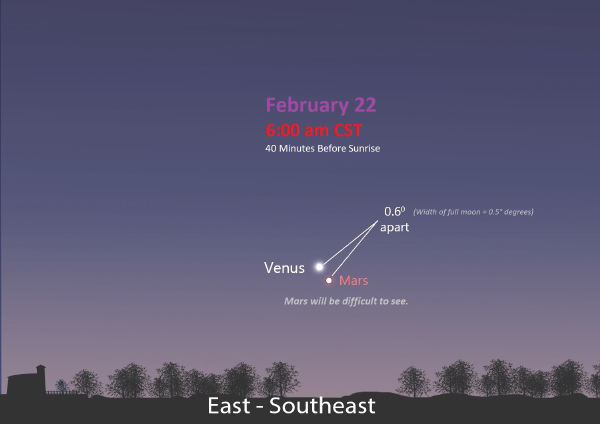Cosmic Curiosities
“May you build a ladder to the stars
And climb on every rung,
May you stay forever young.”
- Bob Dylan, American Singer & Poet
Return of the Comet
Credit: Wiki Commons
It will take another 37 years, but Halley’s Comet is now heading back toward the inner solar system.
On December 9, 2023, Halley’s Comet reached its aphelion distance—the farthest point from the sun. This faraway place is located past the orbit of Neptune. Its orbit takes about 75 to 79 years and is highly elliptical, like a squashed circle. Halley’s Comet is named after English astronomer Edmund Halley. He plotted its orbit based on pervious sightings and predicted its return in 1758. Sadly, Halley did not live to see the comet’s return he accurately foresaw.
The sun’s gravity well causes the comet’s much-anticipated visit to Earth’s skies. In the summer of 2061, Halley’s Comet will be closer and brighter than it shone back in 1986. One astronomer predicts the comet will be as bright as Alpha Centauri and Arcturus, the third and fourth brightest stars in the night sky.
Credit: NASA
Comets are icy rocks that orbit the sun. Many call them “dirty snowballs,” or, a better description—since Halley’s Comet is seven miles in diameter—would be a giant, dirty iceberg. Halley also weighs about 200 trillion tons! This comet has visited Earth’s neighborhood many times before. When comets get close to the heat of the sun, they sublimate, or turn straight to gas. Tiny grains of dust escape, too. The solar radiation then pushes this gas and dust behind the comet, forming their splendid tails.
This dusty tail from Halley’s Comet has created two of our meteor showers. In May, we see the Eta-Aqaurids meteor shower. In October, it is the Orionid meteor shower. Both are named after the constellations where the “shooting stars” radiate from. To watch any meteor shower, though, just lie back and look at the whole sky!
Leaping Around
Why do we add an extra day to February every four years? It is all about our trip around the sun.
When asked, we usually say a year is 365 days. However, the actual time it takes the Earth to complete one orbit is about 365.2422 days. This is called a sidereal year. Sidereal means “with respect to distant stars.”
To account for the extra five hours, 48 minutes, and 56 seconds, an extra day is added every four years. If we skipped having February 29, then the seasons would begin to drift over time. For example, 100 years from now, the first day of spring would occur on February 23, not March 20.
The calendar we use today is the Gregorian calendar, named after Pope Gregory XIII. This new calendar was worked out by Christopher Clavius, a German mathematician and astronomer. It was first issued in 1582. Before the Gregorian calendar, there was the Julian calendar (from Julius Caesar) that had one year equal to 365.25 days—and had a leap day every four years.
But, notice 365.25 days does not equal the Earth’s true orbit of 365.2422 days. By uncovering this small error of 11 minutes 14 seconds per year, Clavius noticed that throughout 1,500 years—from when the Julian calendar started—the first day of spring was occurring about March 10, not March 21. So, the calendar had to be corrected.
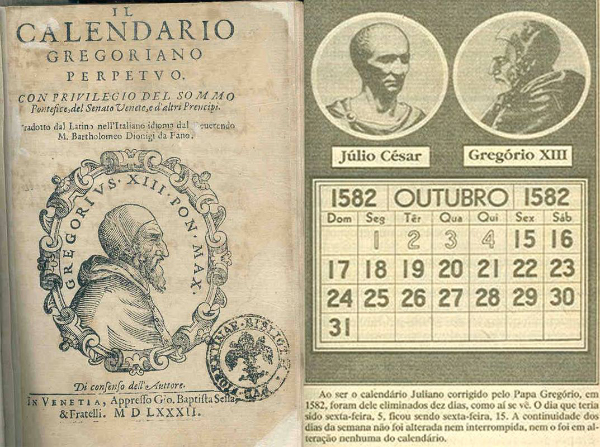
Credit: WordPress
First, Pope Gregory declared that after October 4, 1582, the next day would be October 15, 1582. This would get the calendar back on track. In Great Britain, this new calendar adjustment was ignored until the same correction was made in September 1752. Then, to keep everyone’s calendar accurate, it was decided a leap day would not automatically occur every four years. If the leap year is equally divisible by 100 and not equally divisible by 400, the leap year is skipped. This means 2000 was a leap year. (Because 2,000 is divided equally by 400.) However, the years 1700, 1800, and 1900 were not leap years; there was no February 29. The next time a leap year will be skipped is the year 2100.
Time to leap ahead to the next article...
Seasonal Lag
Have you ever asked yourself why the winter solstice is not the coldest day of the year? Or why the summer solstice is not the hottest day? To untie this knot, we need to explore a phenomenon called “Seasonal Lag.” We will discover why the temperature gets colder or hotter even though the sun has started heading the other way.
Recall that on December 21, the first day of winter, the sun starts to climb higher in the sky, and daylight is longer. The opposite is true in summer: After June 21, the sun sinks lower, and daylight is shorter.
Credit: Penn State Department of Energy
Our seasons are caused by the tilt of the Earth as we orbit around the sun. Our planet is tilted at 23.5°, meaning that throughout the year, parts of the surface receive varying amounts of solar insolation, or exposure to the sun's rays. However, the Earth’s surface does not heat equally under the rays of the sun, as water and land have different heating properties. Land heats up quickly during the day but loses its heat rapidly after nightfall. This is known as the continental effect.
Water heats much slower than land, but has a greater heat capacity, or ability to hold heat when the sun sets or seasons change. This is called the maritime effect, which keeps the area by the lake more temperate than areas inland. Living in or near Milwaukee, near Lake Michigan or any Great Lake, you probably heard of this: the lake effect.
On a larger scale, the oceans have a major impact on overall climate patterns. As large bodies of water take longer to heat up and cool down, the temperature change is delayed.

Credit: Matt Hall
In our mid-latitude climates like in southeast Wisconsin, it takes about a month for temperatures to significantly shift after the solstices. That’s why in Wisconsin, January and February are typically our coldest months and July and August are the hottest. In addition, the autumnal equinox in September is often much warmer than the vernal equinox in March, as the land and lake are still warm from the summer, and cold from the winter, respectively.
Space in Sixty Seconds
Celebrate Leap Day this year! Also, find lovely sights in the February night sky by coming to see our Valentine’s program, Romancing the Stars. Get tickets here.
Sky Sights
Saturn sinks lower each evening in the southwest sky. Best to catch it in early February—maybe Groundhog’s night! By mid-February, it is lost in the sun’s glare. On February 28, the ring planet will be at solar conjunction, or behind the sun. Saturn can be seen in the morning sky by early April.
Strange to say, but a sign of summer returns to the morning sky. The constellation Scorpius and its bright red star Antares can be seen low in the southeast sky. Spot a waning crescent Moon nearby from February 3-6. Scorpius shines in the evening sky all summer.
Jupiter and the Moon shine together from February 13-14. These are the evening sky’s two brightest lights and hard to miss.
By February 15-17, the crescent Moon grows and shines with the bright stars of Taurus the Bull. See if you can catch the Pleaides star cluster, which will be tougher to see because of the Moon’s bright light.
Venus and Mars pair up very close on February 22—though Mars will be difficult to spot. The red planet rises slightly early each morning but is not easily visible until late March/early April. Venus sinks lower each morning, but its incredible brightness makes it visible until late March.
Mercury is out of sight all month.
February Star Map
Sign Up
Receive this newsletter via email!
Subscribe
See the Universe through a telescope
Join one of the Milwaukee-area astronomy clubs and spot craters on the Moon, the rings of Saturn, the moons of Jupiter, and much more.
Follow Bob on social media
Twitter: @MPMPlanetarium
Facebook: Daniel M. Soref Planetarium


